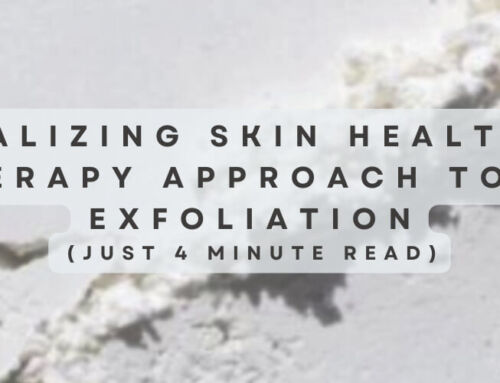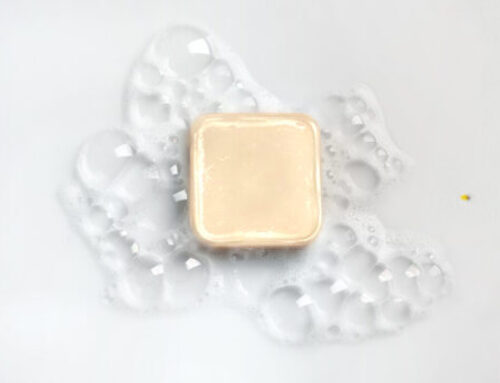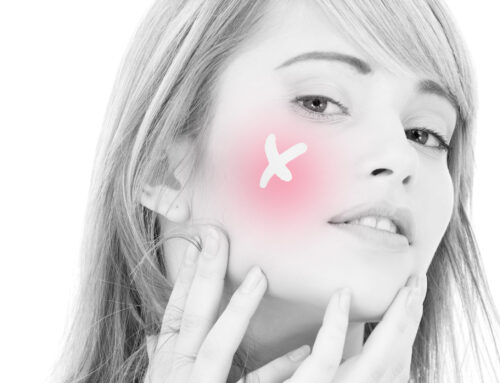The arrival of fall brings cooler temps, less humidity, windier days — and dry and sensitive skin for many people.
Seasonal changes from the warm moist days of summer, to the loss of humidity during the fall and winter months can make dry skin worse for people with existing skin barrier challenges, such as eczema, rosacea, acne and psoriasis – but it’s not only those people who will suffer through the fall and winter seasons. It is a fact that seasonal changes with a loss of moisture from the air can also provoke problems for people with photodamaged and aged skin. Similar to genetically induced dry skin, photodamaged skin also shows (an exaggeration in lines and wrinkles, coupled with inflammation, redness, itching, flaking, stinging and burning.)
Exaggerated fine lines and wrinkles
Flaking, itching, stinging and burning
Redness and inflammation.
These are signs that your skin cannot properly protect you from environmental challenges, including a change in season. These symptoms mean your skin is crying out for help!
Any time these symptoms of dry skin are being experienced consider the following:
#1 Because the most outer layer (stratum corneum) of your skin is in direct contact with the environment, it is constantly exposed to an onslaught on pro-oxidative stressors, such as air pollutants, ultraviolet solar radiation (UVR), chemical oxidants, and microorganisms.
#2 If you’ve had a lot of fun in the sun this past summer, the relentless exposure to UVR has probably caused an imbalance between pro-oxidative stressors and your skins own protective antioxidant system.
#3 For many people with oxidative injury the negative effects are often compounded by over exfoliating and the application of skin care products with barrier depleting ingredients, such as emulsifiers, preservatives, fragrances, amines, colorants, silicones, and mineral oils. Unfortunately, these product formulations can lead to more pro-oxidative stress and a substantial reduction in the skins first line of barrier defense, the acid mantle.
#4 And it doesn’t stop there – a reduction of the skins antioxidant system means
pro-oxidization of skin DNA,
a loss of collagen and elastin,
a reduction in key water proofing lipids (cholesterol, free fatty acids, and ceramides) and other structural proteins like the tiny cells at the surface of our skin (corneocytes) that keep the skin strong, resilient and intact.
Science shows us that pigmented, inflamed, dry, dull and rough skin, has lost vital defensive mechanisms, including the ability to resist free radical attacks. This has many consequences, including the skins ability to make barrier related changes during a seasonal transition, which again will result in more pro-oxidative stress! It’s a vicious cycle!
So what can you do for your dry and lifeless looking skin? We know that you can’t avoid going outside, but you can make an appointment to see a dermaviduals skin care professional for an overall for an assessment of your skins barrier health. Your dermaviduals professional will design a customized results driven treatment plan for your skin, featuring the synergistic infusion of high dosed antioxidants and bio-identical barrier fortifying moisturizers. So if you think your antioxidant barrier needs a reboot, now is the time to incorporate dermaviduals into your daily skin care regime.
DID YOU KNOW: Women are more likely to purchase dermaviduals moisturizing base creams over botox and fillers. Why? Unlike lines and wrinkles which cannot be felt, a barrier impaired skin is often dry, red, irritated and downright uncomfortable.






